When shopping for sunscreen, there’s one ingredient you should look out for. Oxybenzone, an ingredient in 11% of sunscreen products, is harmful to coral reefs. Some places have even banned swimmers from wearing sunscreen containing oxybenzone.
Oxybenzone is an organic UV filter that works by absorbing UV light, then releasing the energy as heat. For this reason, it is used in many sunscreens, but also makes them unsafe for reefs.
A 2016 study from the Archives of Environmental Contamination and Toxicology found that baby coral exposed to oxybenzone had DNA damage, growth abnormalities, and showed signs of coral bleaching. Coral bleaching is when coral expels the algae in its cells, resulting in the coral losing its colour. This is the coral’s response to stress. The algae it expels are a significant food source for the coral, which means the coral is left undernourished and vulnerable to infection.
Additionally, a group of scientists at Stanford University studied the effects of oxybenzone exposure on sea anemones, which is in the coral family. The group added oxybenzone to the tanks, keeping the levels similar to the amount in reef zones. All of the sea anemones were dead after just 17 days. They found that when oxybenzone enters the water, coral absorbs it and converts it into a phototoxin, the complete opposite of sunscreen.
Among pollution, climate change and overfishing, oxybenzone from sunscreen is a smaller threat to the coral reefs. However, choosing reef-safe sunscreen is a simple step you can take toward protecting them.
Fortunately, there are many reef-safe sunscreens out there. Mineral sunscreens, with titanium oxide and zinc oxide, are generally the safest.
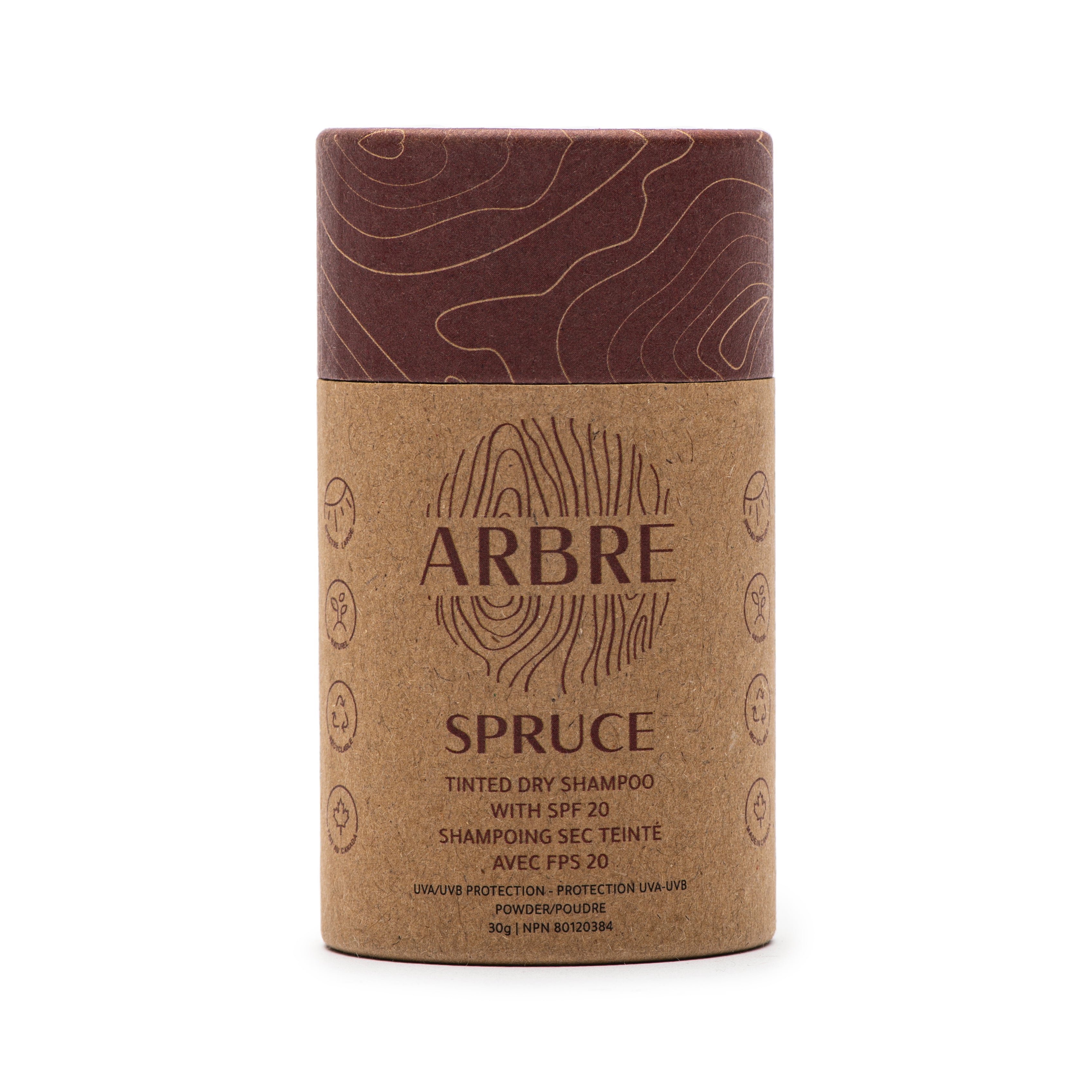
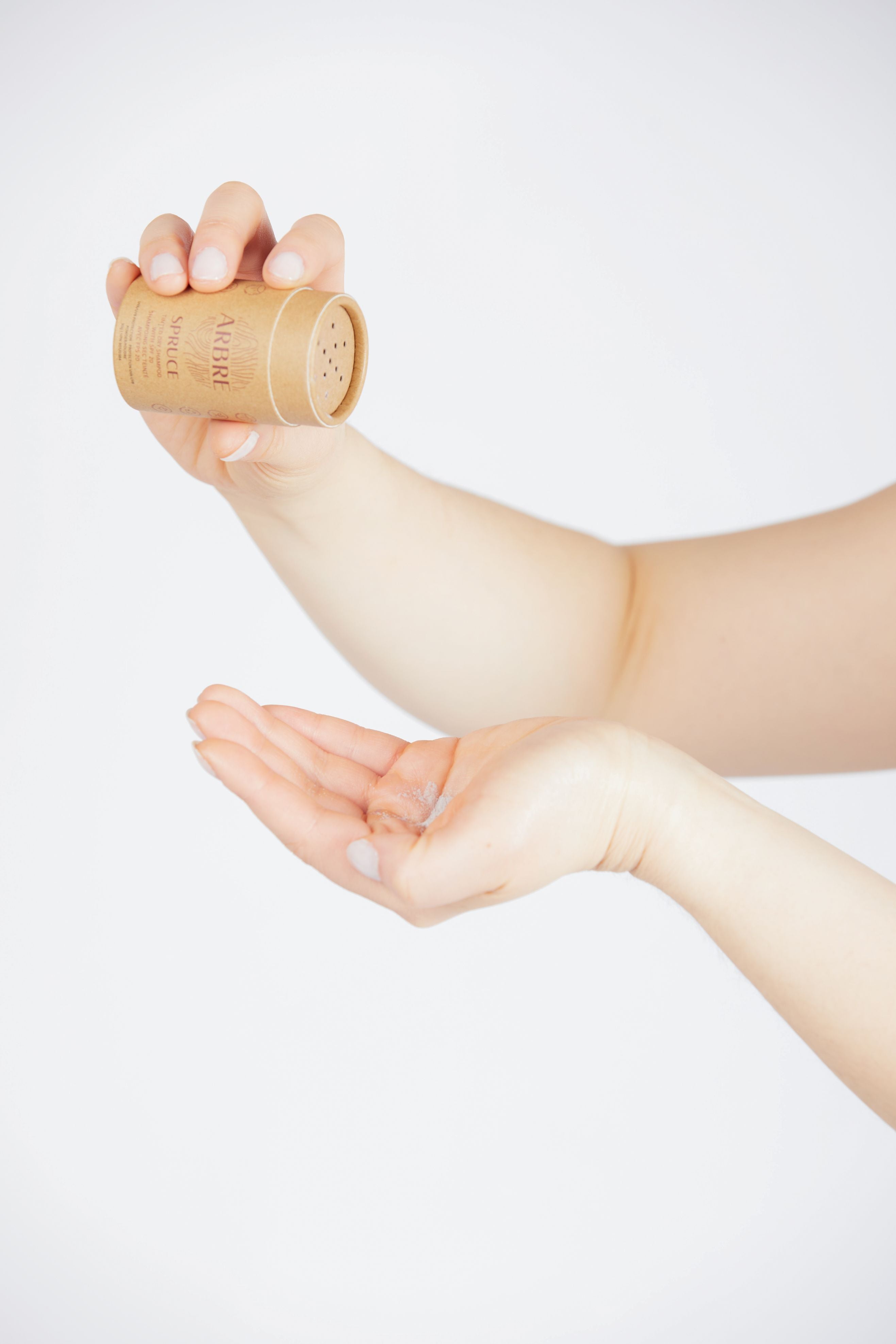
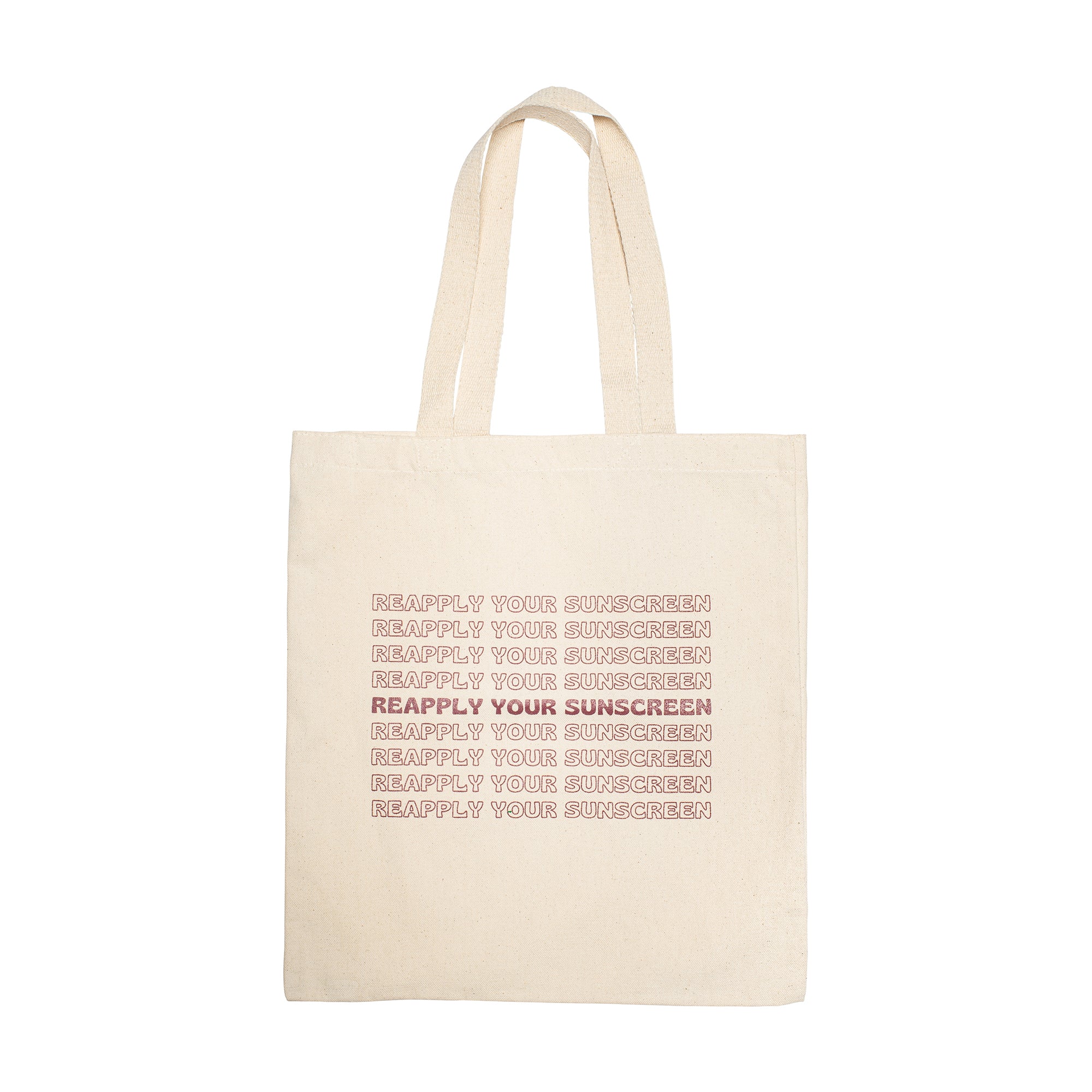
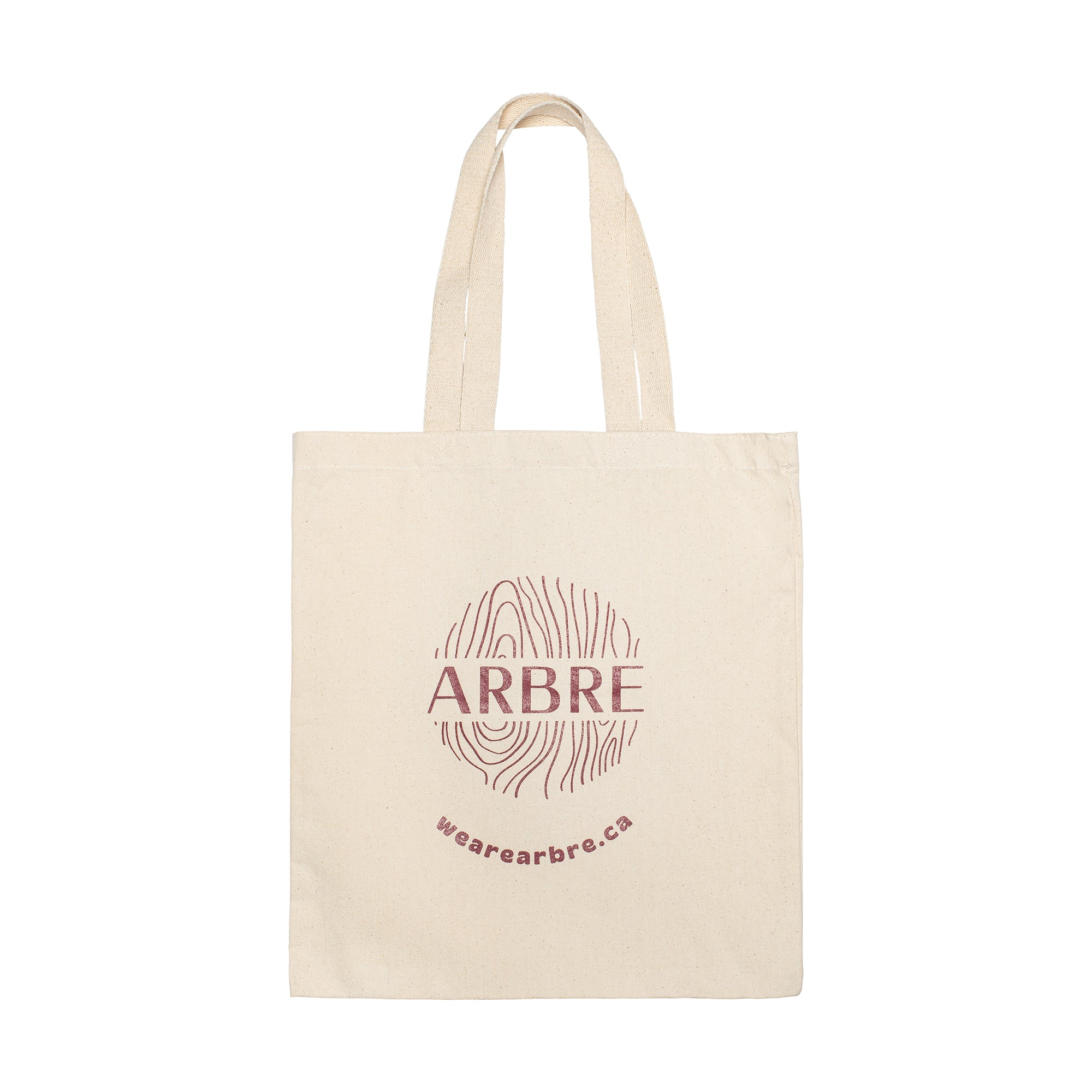
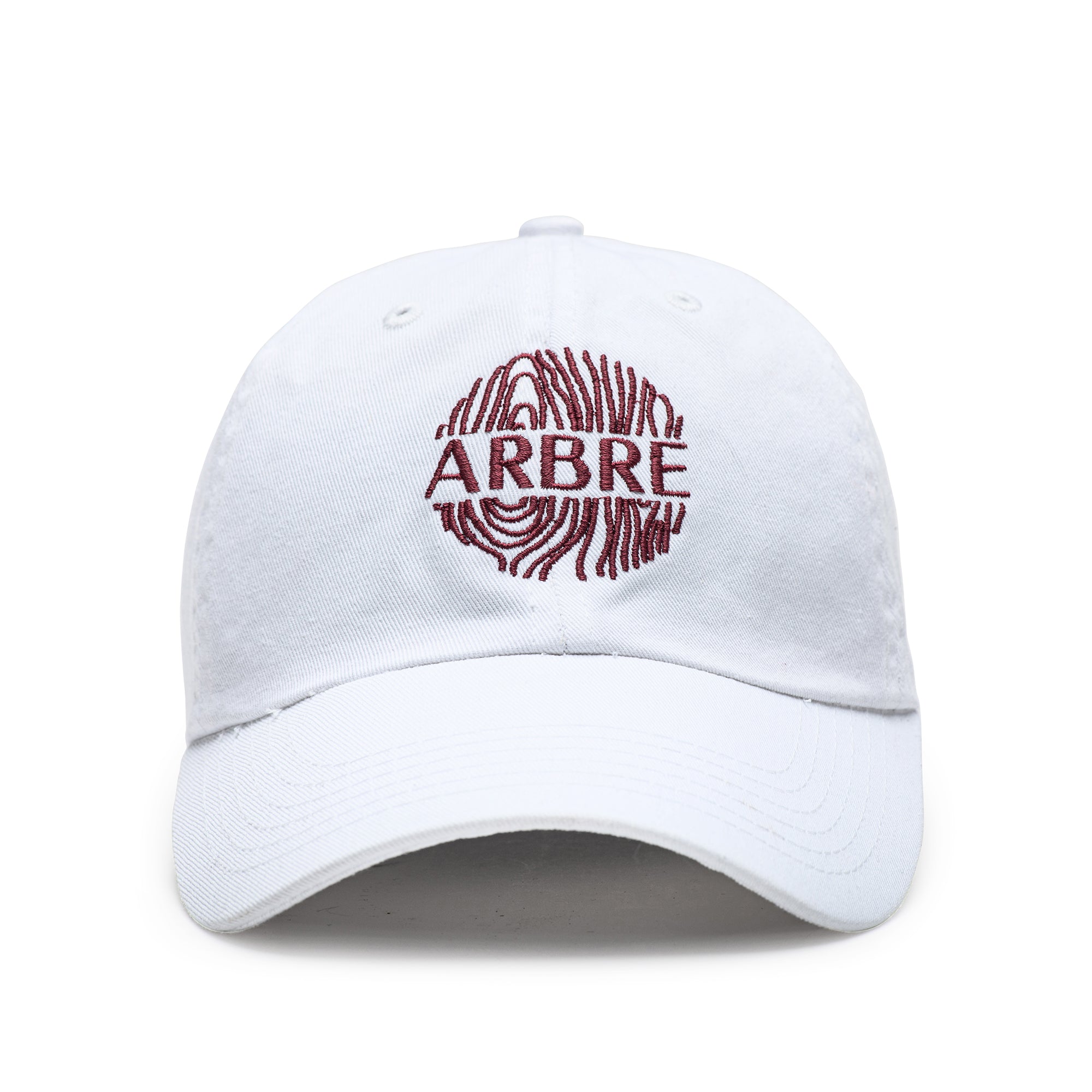
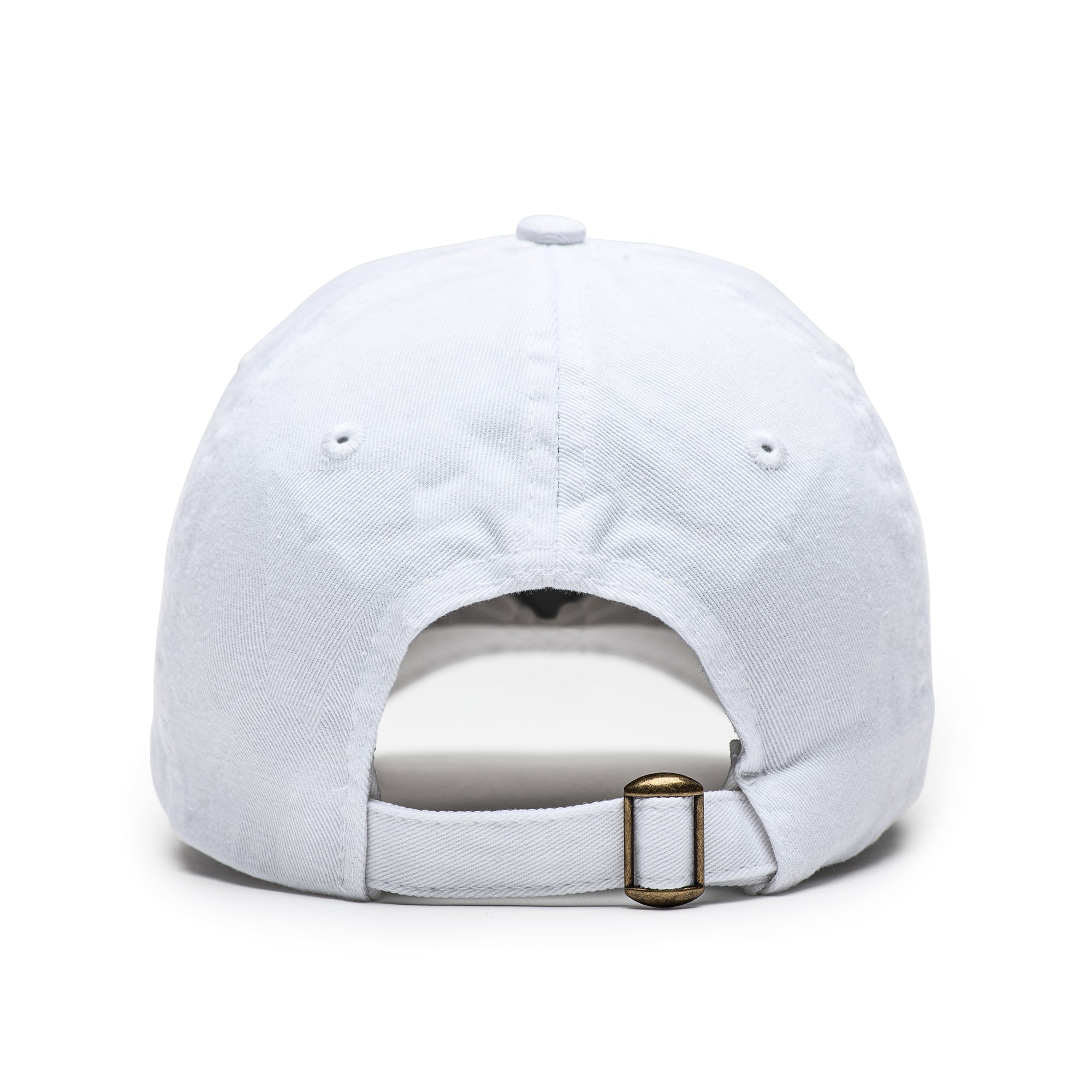

Leave a comment